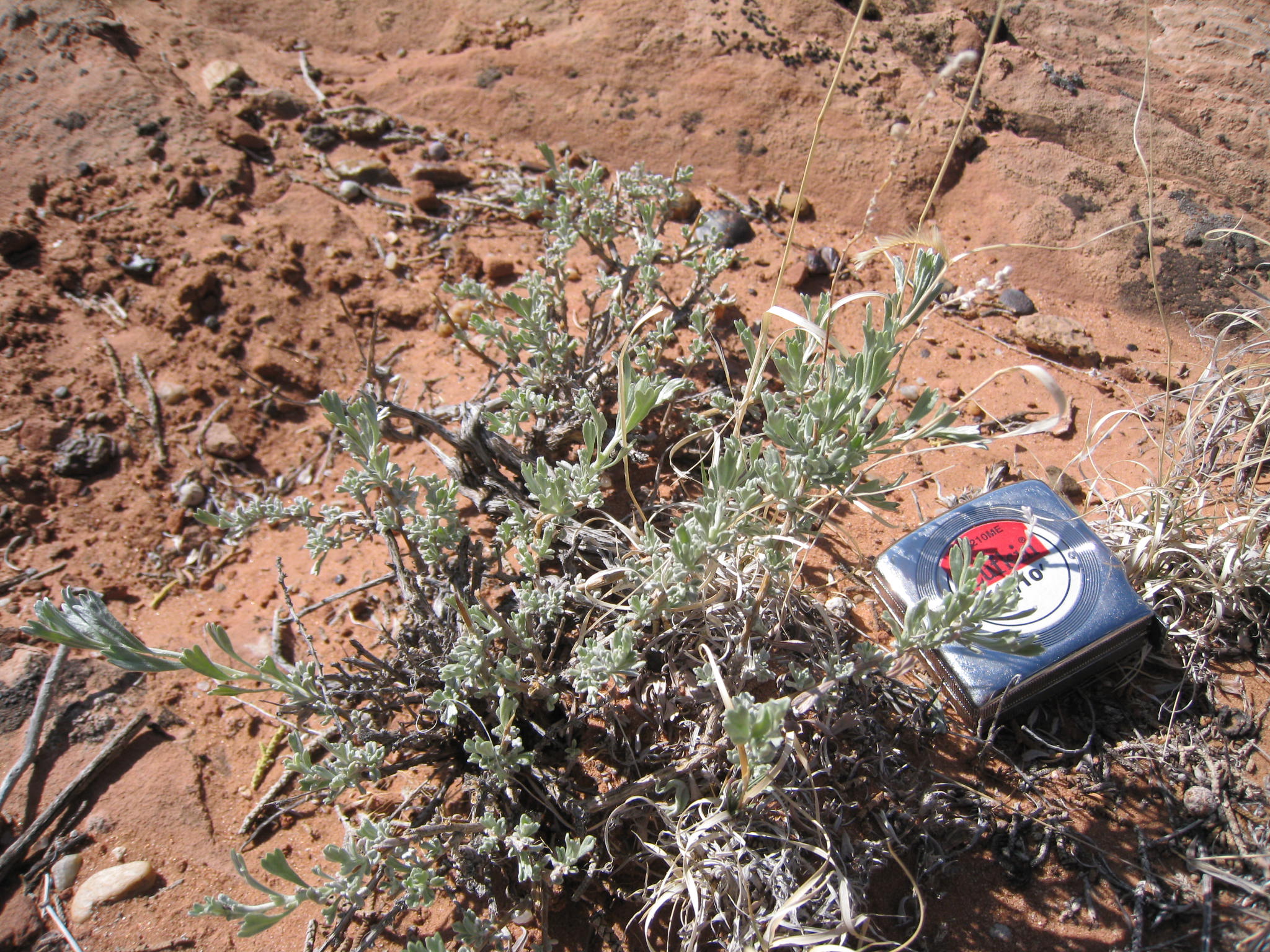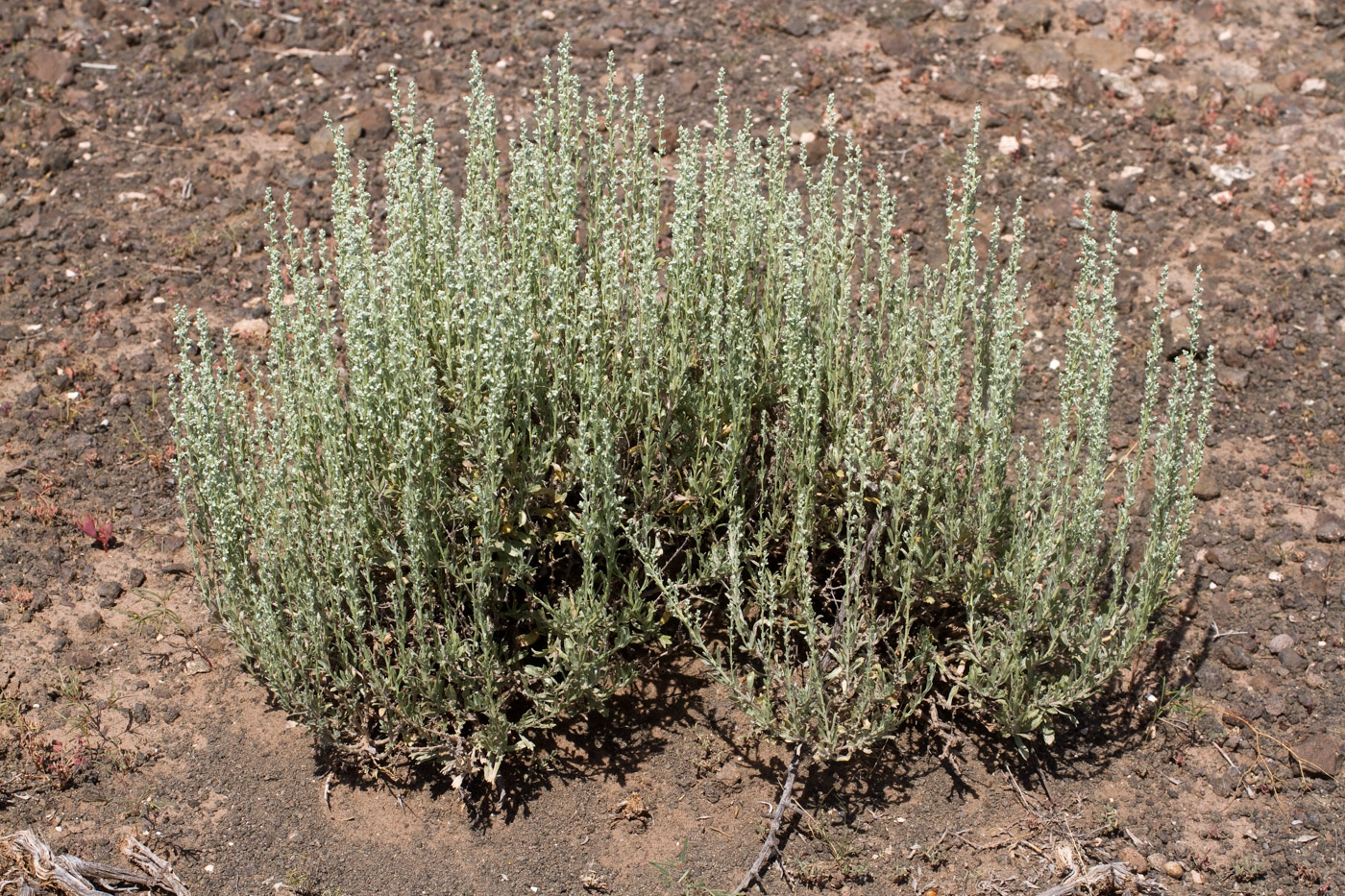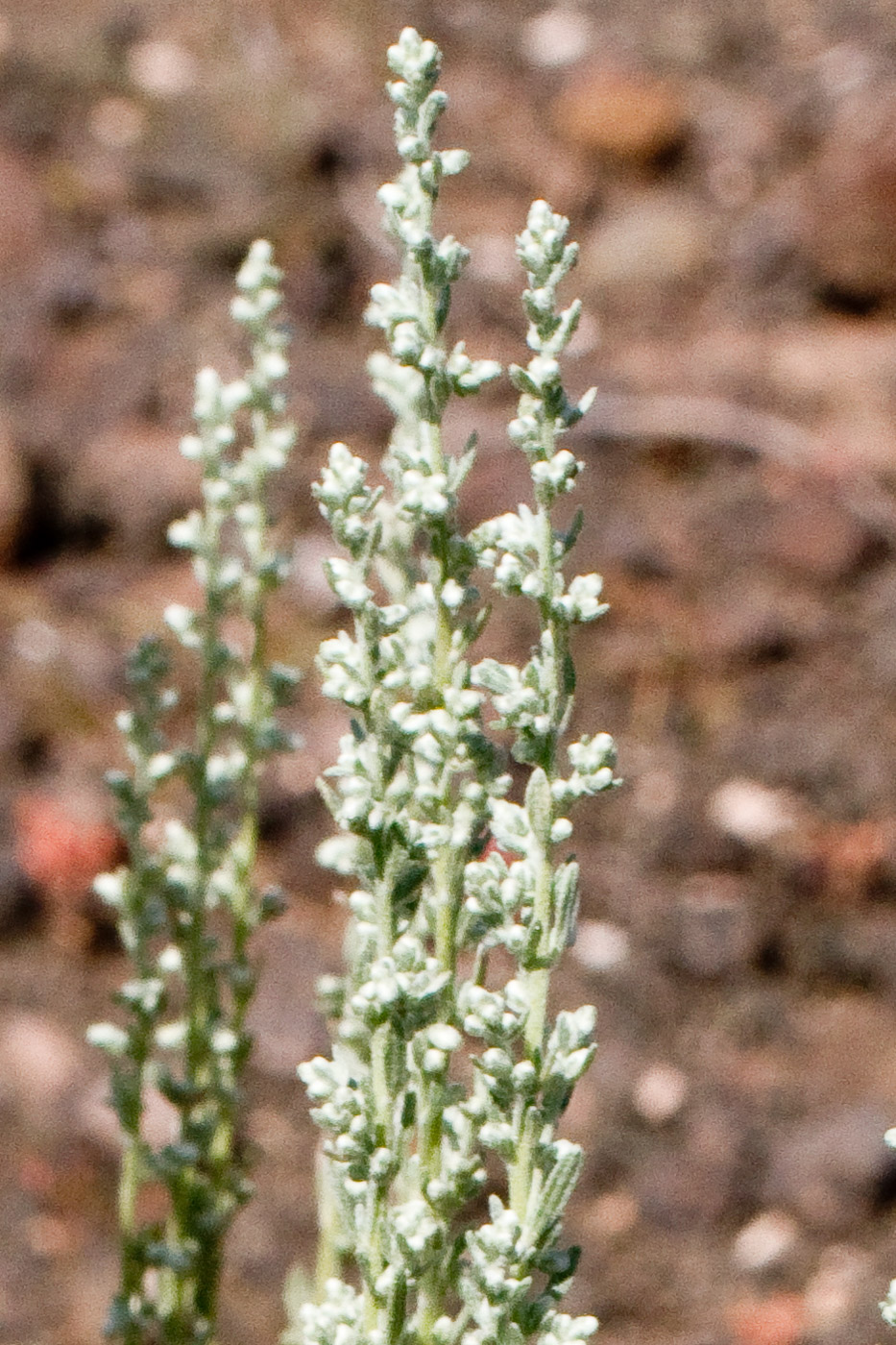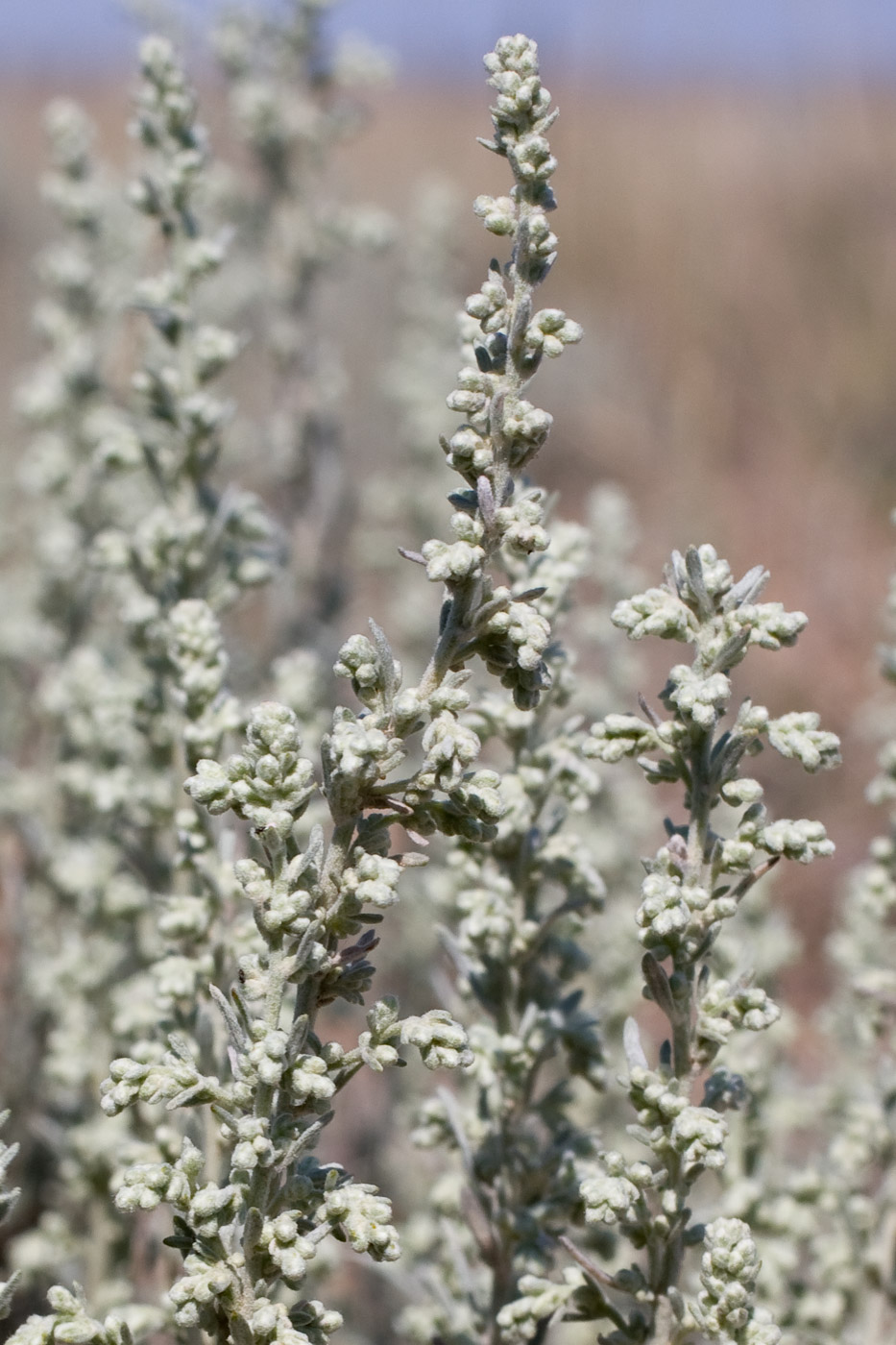Selected Plants of Navajo Rangelands
Sagebrush, Bigelow

Bigelow sagebrush is adapted to xeric sites and is one of the most drought-tolerant sagebrushes in North America. It grows in canyons, draws, and on washes, plains, hills, and rimrock on well-drained soilswelll-drained (usually sandy or gravelly); it is common on limestone soils. Its overall elevational range is 3,000 to 8,000 feet.
Bigelow sagebrush provides valuable winter and spring forage for wildlife and livestock and is an important item in the fall diet of pronghorn in northern Arizona. Palatability and nutritional value are high relative to other sagebrush species, because its twigs are less woody, and its leaves less bitter, with a milder odor, than associated sagebrush taxa.
Bigelow sagebrush begins new growth in April. Flowerbuds appear in August, and flowering occurs from August to October. The leaves abscise in winter.




©2018 NMSU Board of Regents.
Individual photographers retain all rights to their images.
Partially funded by the
Western Sustainable
Agriculture Research and Education Program
(westernsare.org; 435.797.2257),
project EW15-023.
Programs and projects supported by Western SARE are
equally open to all people.